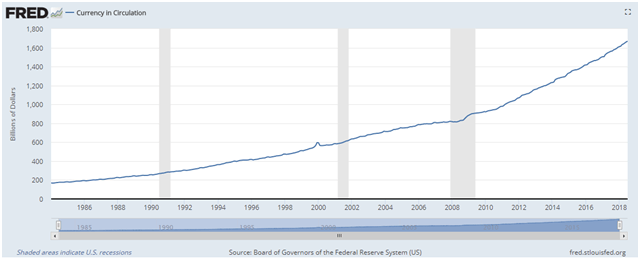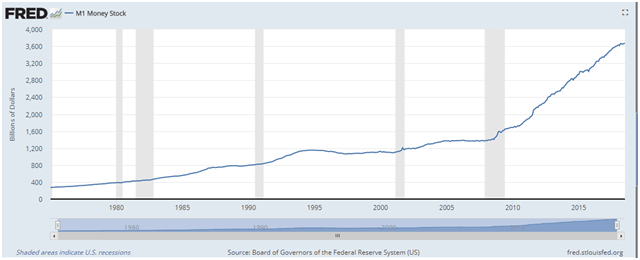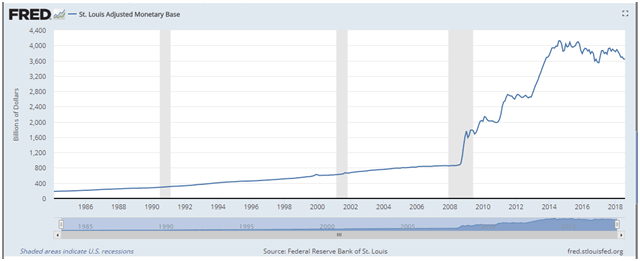
The Simple Question That Isn’t
Ask ten people, “What is logical thinking in stock market?” and you’ll receive ten tidy slogans. Logic as arithmetic. Logic as calm. Logic as emotion switched off. The reality is harder: logic is a scaffold you build before the storm, a way of seeing through noise that anticipates your own blind spots. It’s not coldness. It’s a commitment to update beliefs quickly when facts move, and to protect future you from present you.
Logic in markets must coexist with a wild, social creature: the crowd. Prices are a pulse of need, fear, and position, not just discounted cash flows. Logical thinking tolerates this contradiction. You respect emotions in others as raw data, while refusing to let your own write the plan. That is the first paradox worth keeping close.
The Bridge from Idea to Tape
Good reasoning in life often looks like patience, clean hypotheses, and graceful error correction. Those traits travel intact into finance. The investor’s version: write conditional statements you can obey, size risk so a bad morning is survivable, and accept that timing is messy. Logic here is not about certainty; it is about consistent advantage under uncertainty.
Traits that matter most—humility, discipline, timing, adaptability—sound moral. In markets they are mechanical. Humility means you test, not preach. Discipline means you obey a stop, not your pride. Timing means you anchor to signals, not hunches. Adaptability means you retire a once-great idea the day it stops paying rent.
Working Definition: Logic as Process, Not Pose
Logical thinking in markets is a process with four parts: base rates, evidence, probabilities, and pre‑commitment. Base rates say what usually happens; evidence says what is happening now; probabilities price the gap between those; pre‑commitment stops your mood from rewriting the plan mid‑trade. If any piece is missing, the result isn’t logic. It’s costume.
Translate that to the desk: list the facts that matter (cash flow, unit economics, credit spreads, breadth, currency trend), map them to likely states, then act only when the state shifts in your favour. And write it down, because memory pads results and deletes regret.
Evidence Over Anecdote
In calm times, stories feel like evidence. In stress, evidence reclaims the stage. During March 2020, U.S. Treasuries—normally the shock absorber—were sold for cash. The signal wasn’t a headline. It was the plumbing: funding stress, spreads gapping, a USD spike. Logical thinking recognised a system issue, not an earnings miss, and scaled entries only when the dials eased: spreads tightened, the dollar softened, and breadth stabilised across sectors.
In a single name, evidence is simpler and just as strict. If customers renew, gross margins hold, and cash conversion stays clean while the price falls, you have mispricing born of fear. If those lines break while price rises, you have a narrative carrying empty buckets. Logic says trade the lines, not the feelings.
Probabilities, Pay‑offs, and Time
Expected value is not a formula for exam halls; it’s the only sanity check that scales. If gain × probability minus loss × probability is positive, and the worst case won’t break you, you take the bet; if not, you pass. Logic also respects clock time. An idea can be right and unpaying for too long to matter. Set time stops: if X and Y haven’t improved by day ten, reduce or exit. Waiting is a position. Price it.
Example with money. A high‑quality USA stock flushes to $240. One‑month $200 puts price at about $9. Selling ten cash‑secured contracts collects $9,000 while reserving $200,000 for assignment. Either the stock holds above $200 and you keep the income, or you’re assigned around a $191 effective basis on a business you wanted anyway. That’s probability married to pay‑off and calendar—logic expressed as cashflow rather than quotes.
Mapping Interactions, Not Lines
Markets are not single‑variable toys. They are fields where rates, the USD, credit, volatility, and positioning interact. Logical thinking draws that map before it draws a conclusion. A rally with high‑yield spreads widening and a firm dollar is tinder, not kindling. A sell‑off with spreads cooling, a re‑steepening volatility curve, and multi‑sector breadth improvement is oxygen returning even while headlines still hiss. You’re not calling bottoms. You’re diagnosing state changes.
Edge dynamics matter. Dealer gamma can flip a calm market into a chase, with market makers selling into down moves and buying into up moves, amplifying direction. ETF arbitrage can snag in stress. Futures basis can misbehave. Logical thinking pays attention to these pipes because they translate sentiment into force. If you can name the mechanism, you can price its risk.
Design Rules That Outlive Mood
Most damage happens when we trade our plan for a feeling. Logic prevents that by writing a plan in daylight. Keep it on one page. Thesis in a sentence, three disconfirmers, an entry checklist, exits by price and time, position caps, theme caps, and a maximum daily loss in USD that forces you to stop pressing when your pulse is high. Add friction to action: two‑step order confirms, after‑hours barred unless pre‑authorised, position size pre‑set before the bell.
Then run a weekly error audit with two buckets: “saw but didn’t act” and “acted but didn’t see.” For each, write the rule that would have blocked the mistake, then add it. Scars become antibodies. This is the boring magic that pays for your future curiosity.
Sizing and Survival
Logic isn’t brave. It’s durable. Cap single‑name exposure at 1–2% and theme risk at 6–8%. Hold cash without shame; it’s an option you own outright. If implied volatility is elevated and you want exposure with defined downside, buy long‑dated calls with sensible deltas instead of full cash equity, acknowledging your timing limits and buying a calendar for the thesis. None of this is exciting. All of it is oxygen.
Protect the downside in real time. Fix a hard stop per day in USD. When it trips, you stand down, not because you’re timid, but because you respect the physiology of stress. Logic says your brain under adrenaline is not a trustworthy partner.
Timing Without Theatre
Stop trying to be a prophet. Be a witness with rules. For entries after damage, demand a modest choir: multi‑day spread compression, a softer USD, a volatility term structure that stops growling, and leaders that break out on rising volume and hold on the retest. For exits after a run, watch for narrowing breadth, a flat or frowning vol curve, and index highs carried by fewer names. Trim, hedge, or wait in cash. If evidence changes back, you can always press again.
In trend trades, the same spine applies: add on strength when the market pays you to be present, not on weakness that flatters your ego. Scale out into euphoria before it tries to invoice you for hubris.
Case Notes: How Logic Felt in Real Time
2008: Buffett’s Goldman Sachs preferreds plus warrants were not heroics; they were pricing power amid desperation. Logical thinking asked: will the USA backstop core finance? If yes, what securities pay best for that view with downside cushion? 2018: a hawkish misstep cracked risk; a pivot restored spreads; the best entries came while the narrative still shook. March 2020: forced selling sprayed across assets; the first signal wasn’t brave tweets, it was funding easing and spreads cooling—buy lists activated while headlines were still apocalyptic.
2021–22: a narrow USA AI rally began as a small crowd skating ahead of earnings; breadth widened later; early logic said “own leaders, not laggards,” and add only as participation broadened. Edge cases: negative oil in April 2020 was storage mechanics, not the end; meme squeezes were options reflexivity, not miracles. Logic named the forces, priced their half‑life, and refused to become their volunteer.
Intuition, Rehabilitated
Intuition gets a bad reputation in markets because it’s often a shawl for bias. Keep it, but put it to work. Intuition should be a fast detector for pattern mismatches that your rules then test. If your gut whispers that leadership is shifting, you don’t buy on gut. You run the dials: are leaders underperforming on up days? Is volume thinning on breakouts? Is breadth narrowing? If the answers are yes, your rules already know what to do. Intuition becomes a scout, not a king.
The Final Loop: The Question, Answered Cleanly
Back to the start: What is logical thinking in stock market? It’s not a personality. It’s a method that treats reality with respect: base rates first, current evidence second, probabilities and pay‑offs next, pre‑commitment last. It is empathy for your future self, written as rules your panicked self cannot edit. It turns risk into a budget, noise into a filter, and hope into a sentence you can complete with numbers.
The small detonation at the end is this: logic is not the enemy of emotion. It’s the shape you give emotion so it does its job—alerting you to danger and opportunity—without driving the car. When you write and obey that shape, you stop blurring decision and identity. You stop paying for drama. You start collecting quiet wins that compound in USD while the room argues.

What is logical thinking in stock market?

2025 Stock Market Forecast and Trends: Rates, Earnings, and the Next Leg of the Cycle

Building Wealth with No Money: Skills, Systems, and Smart Cashflow from Zero

Factors Driving Inflation Rates: Energy, Wages, Supply Chains, and Policy Shocks

Housing alerts real estate market cycles

Beyond the Illusion of Control: How to Overcome Overconfidence Bias in Financial Decision-Making




















































